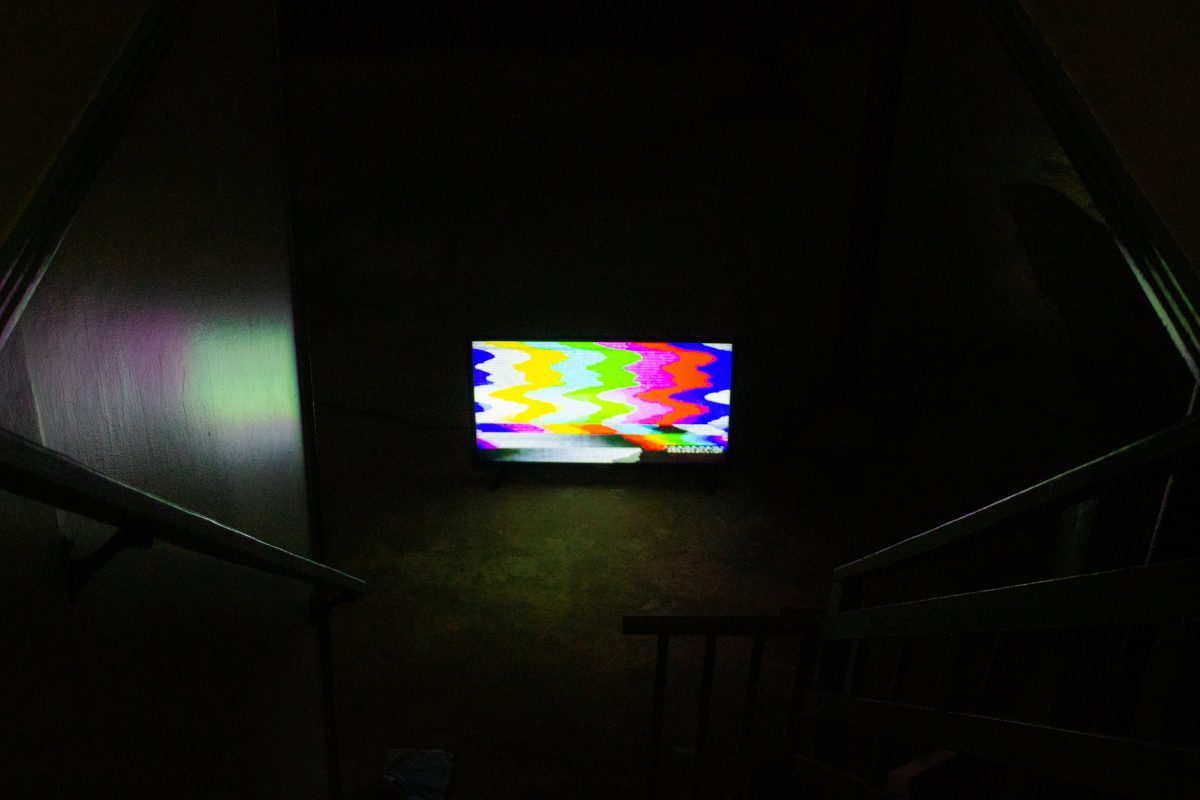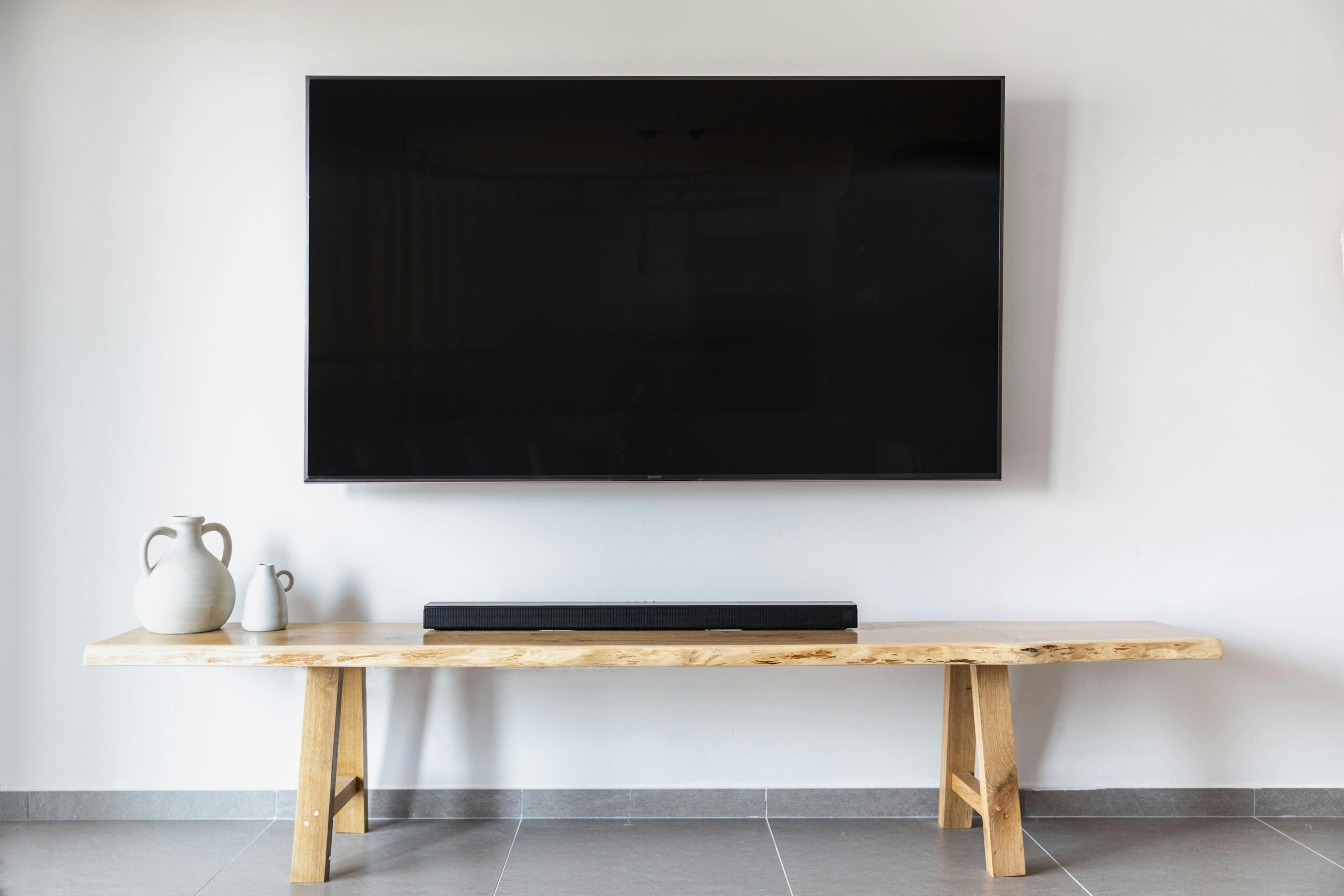If your favorite shows keep freezing or your TV displays “No Signal” more often than not, you might think it’s time for a new antenna. But before you replace it, there are several ways to boost your TV reception and restore clear, stable channels — often with simple fixes you can do yourself.
Poor reception doesn’t always mean faulty equipment; it could be a small alignment issue, signal interference, or weak cabling. Here’s how to get your existing setup working like new.
1. Check Your Antenna Positioning
One of the most common causes of poor TV reception is incorrect antenna positioning. Even a few degrees of misalignment can reduce signal strength significantly.
Start by checking where your local broadcast towers are located — you can find this using ACMA’s TV signal coverage maps. Adjust your antenna to face the tower directly, keeping it elevated and free from obstructions like trees, walls, or nearby metal objects.
If your antenna is indoors, try moving it closer to a window or higher on the wall to reduce signal blockage.
2. Inspect and Replace Damaged Cables
Over time, coaxial cables can wear out, corrode, or loosen at the connectors. Damaged cables cause signal loss, leading to pixelation or complete channel dropouts.
Inspect all your cables from the antenna to the TV. If you spot frayed ends, bent connectors, or water damage, replace them with high-quality RG6 cables. For outdoor setups, use weatherproof and UV-resistant cables to protect against moisture and sunlight exposure.
3. Eliminate Sources of Interference
Electronic devices like routers, cordless phones, microwaves, and even LED lights can interfere with your TV signal. Keep your antenna and cables as far away from these devices as possible.
If you notice signal dropouts during certain times of day, it might be due to nearby Wi-Fi congestion or environmental interference. Switching off or relocating devices temporarily can help identify the source.
4. Fine-Tune the Antenna Direction
Even if your antenna is roughly pointed toward the right tower, small adjustments can make a big difference.
Have someone watch the TV while you slowly rotate the antenna until you get the clearest picture on the weakest channel.
A signal strength meter (available online or through professional installers) can help you identify the optimal angle precisely without guesswork.
5. Use a Signal Booster (When Necessary)
If you live far from a transmission tower or in a low-signal area, a TV signal booster can help amplify weak signals. However, adding one unnecessarily can overload the tuner and reduce quality.
Install the booster as close to the antenna as possible, not near the TV to improve its effectiveness. Make sure it’s powered and correctly grounded to avoid short circuits or signal distortion.
6. Re-Scan for Channels
Sometimes, your reception issues aren’t physical at all. Digital TV frequencies occasionally change, and if your TV hasn’t updated automatically, you might lose access to some channels.
Go to your TV’s settings menu and perform a channel re-scan or “auto-tune.” This refreshes your channel list and ensures you’re picking up every available broadcast in your area.
7. Keep Your Antenna Clean and Secure

Outdoor antennas collect dust, debris, and sometimes bird nests, all of which can affect performance. Make it a habit to inspect your antenna every few months.
Clean it gently using a soft cloth and ensure all bolts, mounts, and cables are secure. Loose fittings or corrosion can interrupt signal flow, especially during strong winds or storms.
8. Install a High-Quality Splitter
If you’re running multiple TVs from one antenna, you’ll need a signal splitter. Cheap splitters can cause major signal loss, so invest in a low-loss splitter designed for digital TV signals.
Keep your cable runs as short as possible, and avoid unnecessary connections — every joint slightly weakens the signal.
9. Schedule a Professional Inspection
If you’ve tried all the above and your signal is still unreliable, a professional antenna inspection may be the best next step. Technicians use specialized signal meters to measure strength and interference, pinpointing the exact cause of the problem.
At Brocky’s TV, our experts diagnose and fix reception issues quickly, ensuring you enjoy clear, uninterrupted TV viewing without unnecessary replacements.
Final Thoughts
Boosting your TV reception doesn’t always require new hardware. A few careful adjustments, quality cables, and minor upgrades can make your existing antenna work like new. Regular maintenance also prevents small issues from turning into bigger signal problems. If your reception problems persist, Brocky’s TV offers professional signal testing and tuning services to get your system performing at its best.

